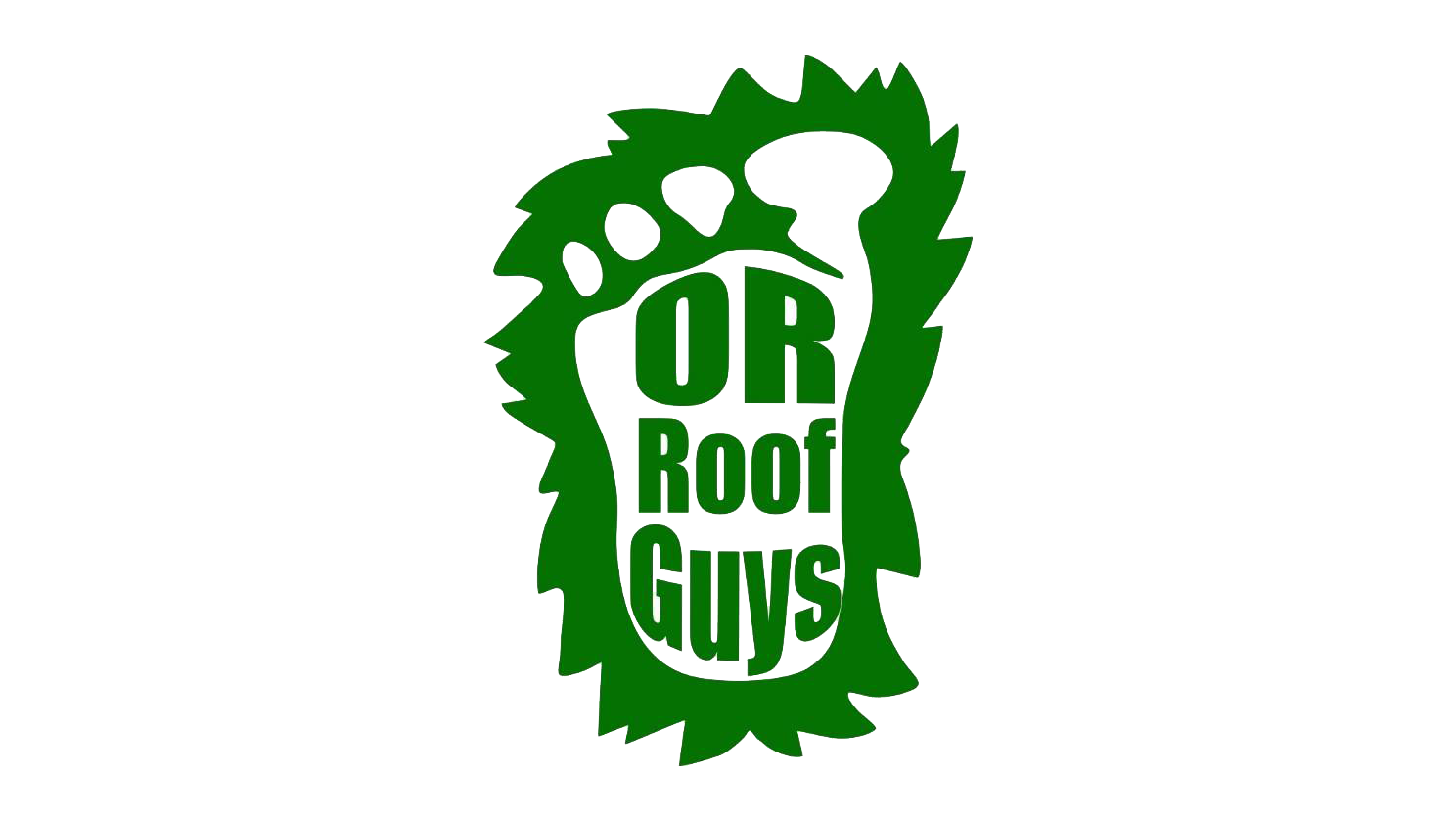🏠 Nestled in the heart of Eugene, Oregon Roof Guys recently completed a roof replacement project that reflects our commitment to excellence and community service. With an emphasis on quality and durability, this project highlights the benefits of partnering with experienced local roofers dedicated to transforming homes. Our team’s expert craftsmanship not only ensures a visually stunning outcome but also provides homeowners with peace of mind for years to come.
🔧 The project involved replacing an aging roof with state-of-the-art materials specifically chosen for their resilience against the Pacific Northwest’s unpredictable weather. Our local roofers removed the old, worn shingles and installed a new, high-performance roofing system designed to withstand heavy rain, wind, and seasonal changes. This meticulous process not only enhances the home’s curb appeal but also significantly improves its overall energy efficiency.
🌟 The long-term benefits of our roof replacement services are undeniable. A new roof can dramatically increase property value, reduce maintenance costs, and improve insulation, leading to lower energy bills. Our team of local roofers is passionate about delivering solutions that protect and enhance homes, ensuring our clients enjoy a safe and comfortable living environment. Let Oregon Roof Guys be your trusted partner in safeguarding your investment and enhancing your home’s longevity.










